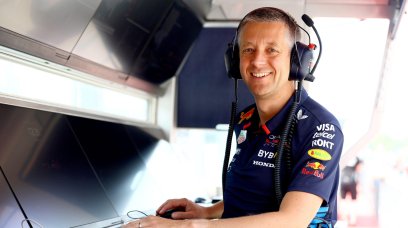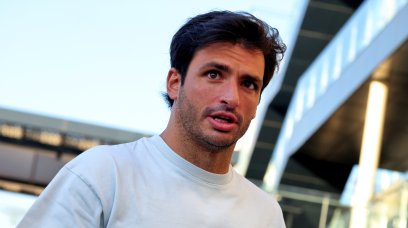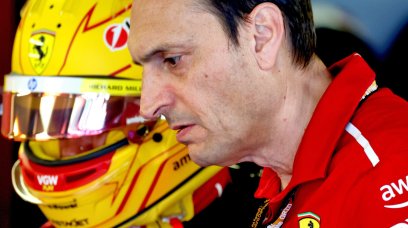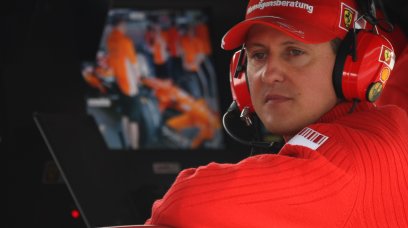Mika Hakkinen has said the FIA made the correct decision not to go racing at Spa-Francorchamps, pointing to the circumstances of Jules Bianchi's fatal crash in 2014 as ample justification for modern Formula 1 cars not being suitable for racing in heavy rain. Bianchi was fatally injured in a torrentially wet Japanese Grand Prix in 2014, never regaining consciousness after sliding off the track and colliding with a recovery vehicle which was removing the crashed Sauber of Adrian Sutil. With Formula 1 choosing to never go green at last weekend's Belgian Grand Prix, causing the sport's shortest ever race, Hakkinen applauded the FIA for making that call. "I am a big supporter of making the right decisions for reasons of safety, so I believe the FIA's Race Director, Michael Masi, made the right decision not to proceed with a full race in Spa-Francorchamps on Sunday," Hakkinen wrote in his blog for UniBet. "We really need to consider what might have happened if a full race had taken place and someone, whether a driver or spectator, had been injured – or worse – as a result. In that case we would be having a very different discussion about the 2021 Belgian Grand Prix. "Let me be clear – the FIA and the teams do a really brilliant job to improve safety every year, but Formula 1 remains a fundamentally dangerous activity. I nearly lost my life in Adelaide in 1995, so I can speak from personal experience." Hakkinen pointed out that his first McLaren teammate, Ayrton Senna, died at Imola just a few months after his debut with the team, and that a safety revolution from the FIA afterwards meant no further deaths until Bianchi. "Jules Bianchi's serious accident at the 2014 Japanese Grand Prix in Suzuka ended that safety record. When he died as a result of his injuries in July the following the year a new generation of F1 drivers, team members and fans realised that this sport can be brutal," he said. "Bianchi's accident was caused by a number of factors, including that both Adrian Sutil's Sauber and Jules' Marussia went off the track when they hit a patch of water that was draining across the circuit. On a drying track a river of water poses a very significant risk. "When a car aquaplanes you have zero control – no brakes, no steering – and this is one of the reasons why the heavy rain at Spa all day on Sunday made the conditions so dangerous. When the rain does not stop the track has no chance to drain. Current F1 cars have around 1000bhp, weigh 752kgs and have very sophisticated aerodynamics which throw up a curtain of spray. "You really do not want to aquaplane off the track at 300kph at Spa, or indeed any other track. F1 drivers want to race, including in the wet, but when drivers such as Lewis Hamilton, Max Verstappen and Fernando Alonso realise that it's impossible to race, they must to be listened to."
Most read







